Ho Chi Minh City: The results of virus sequencing of 6 hand, foot and mouth disease samples showed that all were infected with EV71 genotype B5, in the highly virulent group, causing severe illness and rapid infection.
On the evening of June 5, a representative of the Ho Chi Minh City Department of Health announced the results of the gene sequencing of the virus, conducted by a research team from Children's Hospital 1, the Hospital for Tropical Diseases, and OUCRU (Oxford University Clinical Research Unit).
Six samples were taken from children with severe hand, foot and mouth disease being treated at Children's Hospital 1, all infected with Enterovirus 71 (EV71), genotype B5.
This genotype was first found in Taiwan (China) in 2007, and appeared in Ho Chi Minh City in 2015 and 2018.
In 2011, EV71 caused an outbreak of hand, foot and mouth disease in Ho Chi Minh City with many severe and fatal cases. At that time, the common gene type was C4. In 2018, the number of severe cases decreased, the main type was B5. According to Dr. Nguyen Minh Tien, Deputy Director of the City Children's Hospital, gene B5 is in the highly virulent group, causing severe illness. The spread rate of B5 is as fast as C4, but the toxicity is not as high.
Experts from the Pasteur Institute in Ho Chi Minh City analyzed the epidemiology of hand, foot and mouth disease outbreaks from before 2010 until now, concluding that outbreaks caused by the C4 gene have a higher complication rate and a higher number of cases than when B5 was present.
This time, the Ho Chi Minh City Center for Disease Control (CDC) recorded a rapid increase in the number of children with hand, foot and mouth disease in the city in recent weeks. The number of cases in early June was more than double that of the previous two weeks. The reappearance of the EV71 virus strain that causes severe illness has made the situation "really worrying".
The characteristics of EV71 are that it spreads very quickly and progresses severely, with high fever. Children with hand, foot and mouth disease caused by EV71 virus can suffer from complications such as neurological, cardiovascular, pulmonary edema, shock, heart failure and rapid death.
When EV71 virus enters the body, it usually resides in the cheek mucosa or intestinal mucosa in the ileum. After 24 hours, the virus reaches the surrounding lymph nodes, from here it enters the blood causing bacteremia in a short time. From bacteremia, the virus reaches the oral mucosa and skin. The incubation period usually lasts 3-7 days.
The disease starts with fever, followed by blisters on the oral mucosa (gums, tongue, inside the cheeks), and a red rash on the hands and feet. In cases of EV71 infection, the disease becomes more complicated, especially when the virus damages the central nervous system, which will manifest as typical meningitis.
Type EV71 not only causes hand, foot and mouth disease but also has the ability to cause diseases in the central nervous system such as viral meningitis, and more rarely, severe forms such as encephalitis or polio-like paralysis.
On the same day, the Drug Administration of Vietnam, Ministry of Health, said that the supply of medicine to treat hand, foot and mouth disease was interrupted, with only a small amount remaining and plans to import in July, requesting Ho Chi Minh City to reserve to respond to the epidemic.
American Italy
Source link




![[Photo] Closing of the 11th Conference of the 13th Central Committee of the Communist Party of Vietnam](https://vstatic.vietnam.vn/vietnam/resource/IMAGE/2025/4/12/114b57fe6e9b4814a5ddfacf6dfe5b7f)

![[Photo] Overcoming all difficulties, speeding up construction progress of Hoa Binh Hydropower Plant Expansion Project](https://vstatic.vietnam.vn/vietnam/resource/IMAGE/2025/4/12/bff04b551e98484c84d74c8faa3526e0)



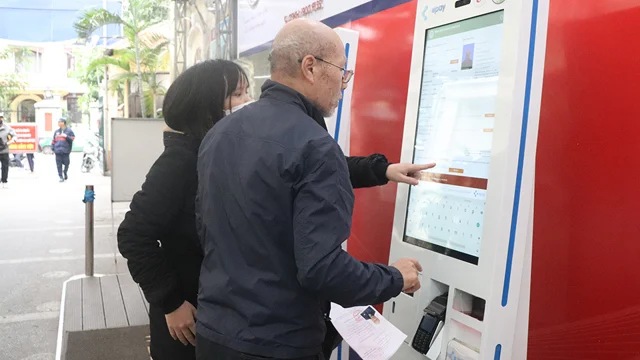

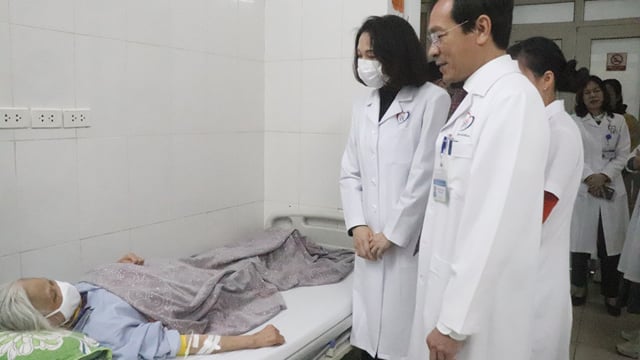
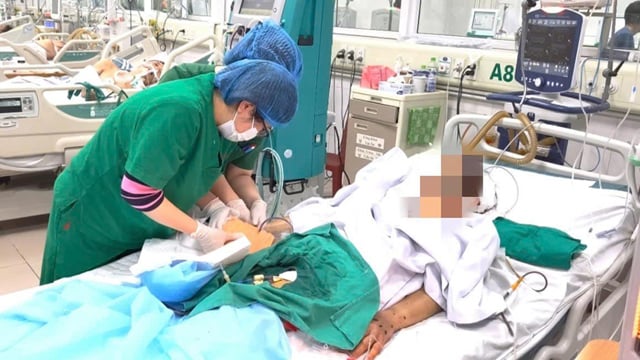
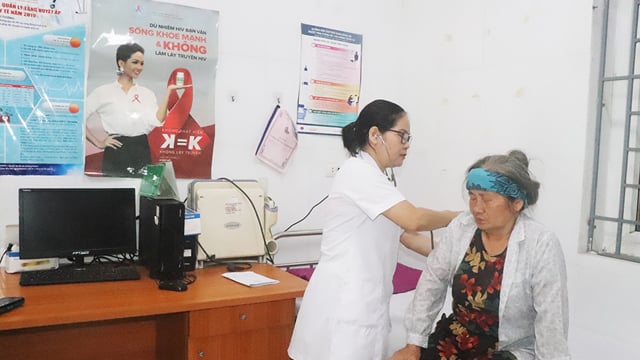






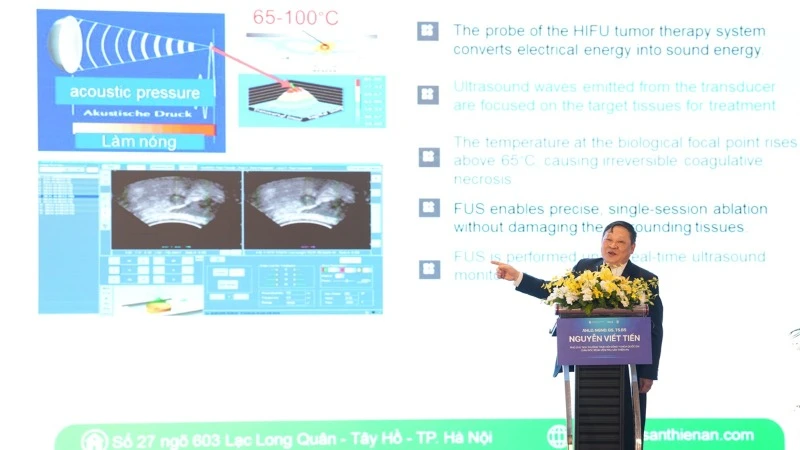
![[Video] First time in Vietnam: Successful implantation of 3rd generation partial artificial heart](https://vstatic.vietnam.vn/vietnam/resource/IMAGE/2025/4/12/8817412224094c68ba2c744b7bd5cfea)








































































Comment (0)